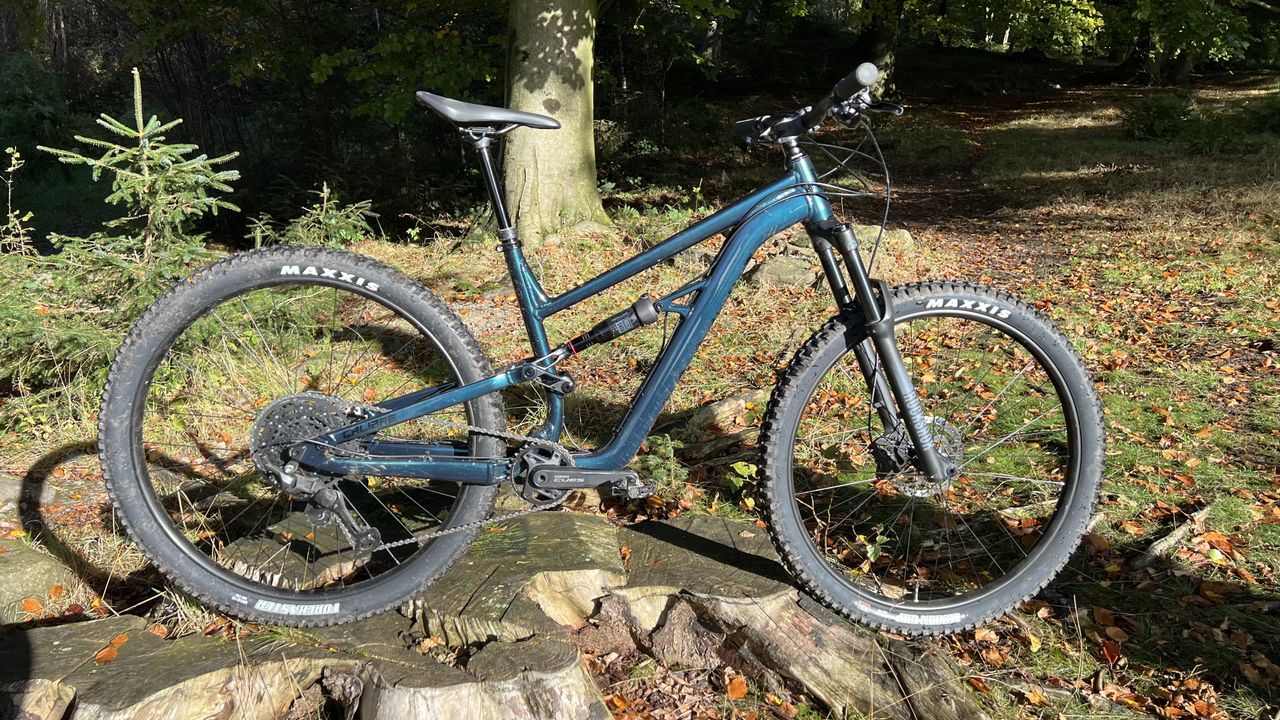
Calibre’s original Bossnut was unbeatable as a budget full suspension MTB from 2015 to 2020. But after becoming a Covid casualty, it’s now back in a totally new design and build that brings it bang up to date in terms of geometry, handling and hard riding focus. It’s amazing value for money too, but the rear shock tune will split opinion between senders and smoother riders.
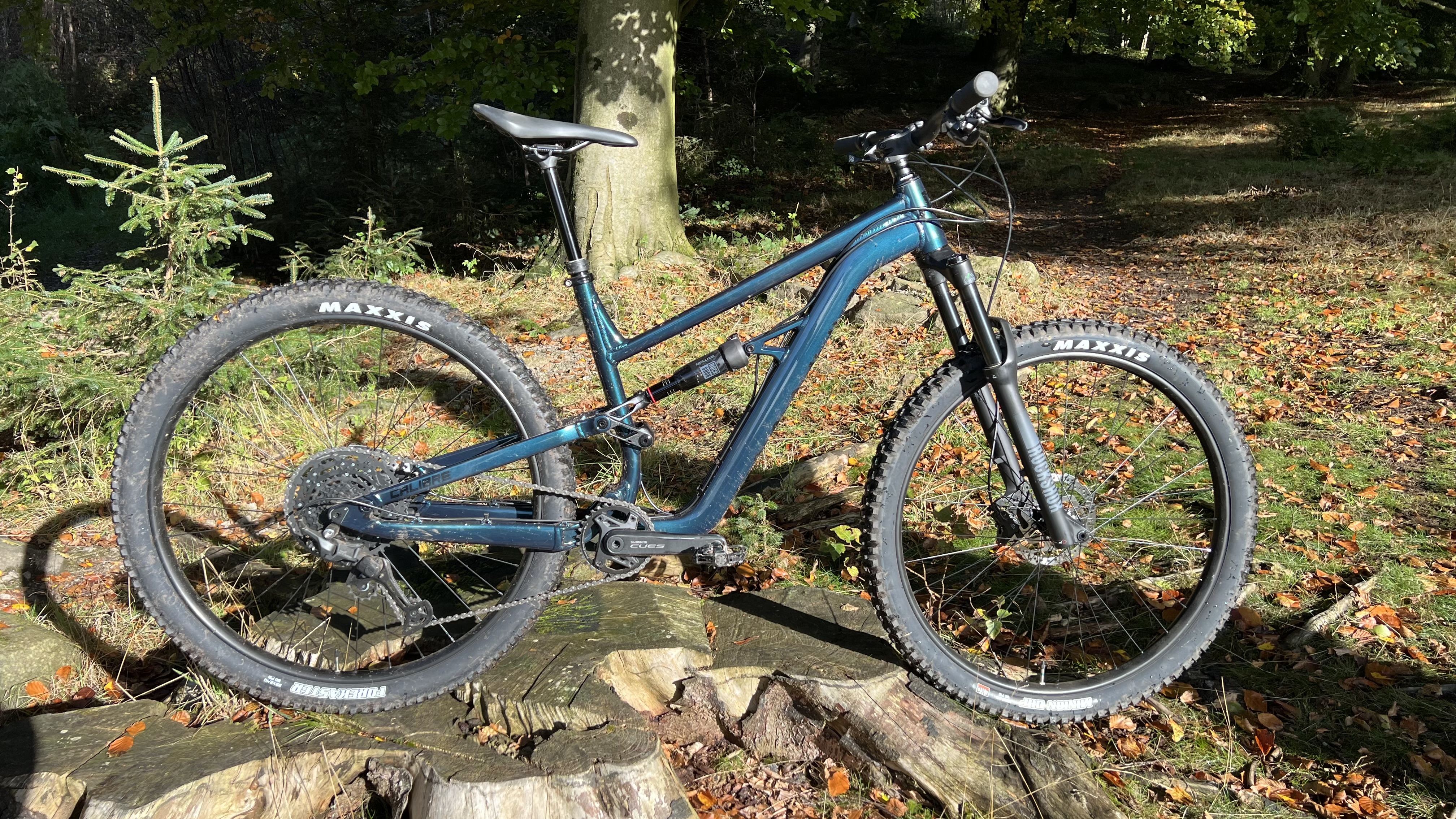
Design and geometry
While it looks a lot different to early Bossnuts, the frame layout is similar to later gen ‘Nuts and very close to the longer travel Calibre Sentry enduro bike in both design, color and twin 29er wheel setup. It’s a totally different frame though and while the rear shock linkage is basically the same, it’s forged and finished by an entirely different manufacturer. Travel is reduced to 135mm rear with a 140mm fork up front.
In terms of practical details, controls are clamped externally right up to the headset cheeks to stop paint rub and there’s space under the shock for a full-size bottle. There are chain guide mounts on the bottom bracket and two different accessory mounts under the top tube. The main pivot, linkage, and shock driver yoke all sit on cartridge bearings, while the rear pivot on the seat stays uses synthetic bushes. The gear mount is also proprietary rather than SRAM's UDH standard and the gear cable runs unprotected along the top of the drive side chainstay. You will be able to buy clip-on armor aftermarket though, as well as a Sheffield-made linkage kit to correct the geo if you want to run a 27.5in rear wheel.
Geometry ticks all the on-trend boxes though with a 64.4-degree head angle and an effective seat angle between 77 and 78 degrees – depending what height you run the saddle at. Reach is a roomy enough reach is 475mm on the large while the seat tube is relatively short at 440mm to give plenty of dropper space. Rear end length is 445mm while the overall wheelbase is a stability-boosting 1,250mm. Unlike many budget bikes, Calibre are also offering a full XS to XL size range, with the smallest bike getting 27.5in wheels to keep the feel and handling proportionate.
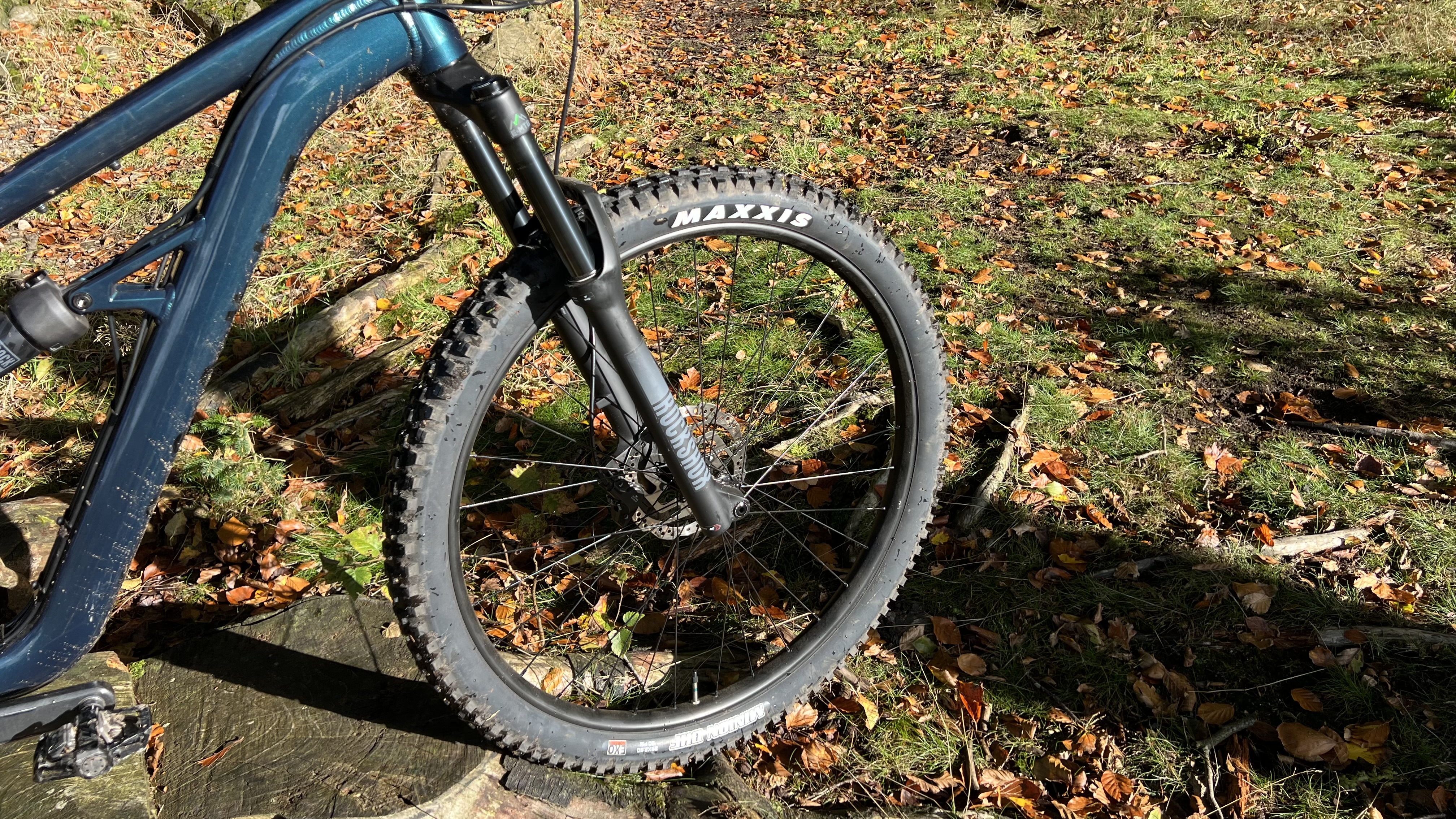
Components and build
While five years of price inflation means the Bossnut price has now jumped up by several hundred pounds, it’s still superb value for money in terms of proven brand name kit. You get a full 10-speed Shimano Cues LinkGlide transmission including crank and bottom bracket, while the MT401 brakes, rotors and hubs are a carefully curated maximum value mix. The RockShox Recon fork has an adjustable air spring plus compression and rebound damping and the RockShox Deluxe rear shock has a rebound adjuster too. When I talked to him, designer Jonny was very proud to have got an X-Fusion Manic dropper post into the package complete with an adjustable alloy underbar remote lever and size-specific (125mm XS + S, 150mm M, 170mm L + XL) stroke lengths. Jonny jumped through a bunch of hoops to get the single clamp ‘Calibre’ mushroom grips and saddle too and you get basic Maxxis DHF and Forekaster tires on 30mm internal, tubeless ready rims. They are wire bead versions though and together with the sturdy Shimano LinkGlide kit that brings complete bike weight up to a hefty 16.4kg without pedals.
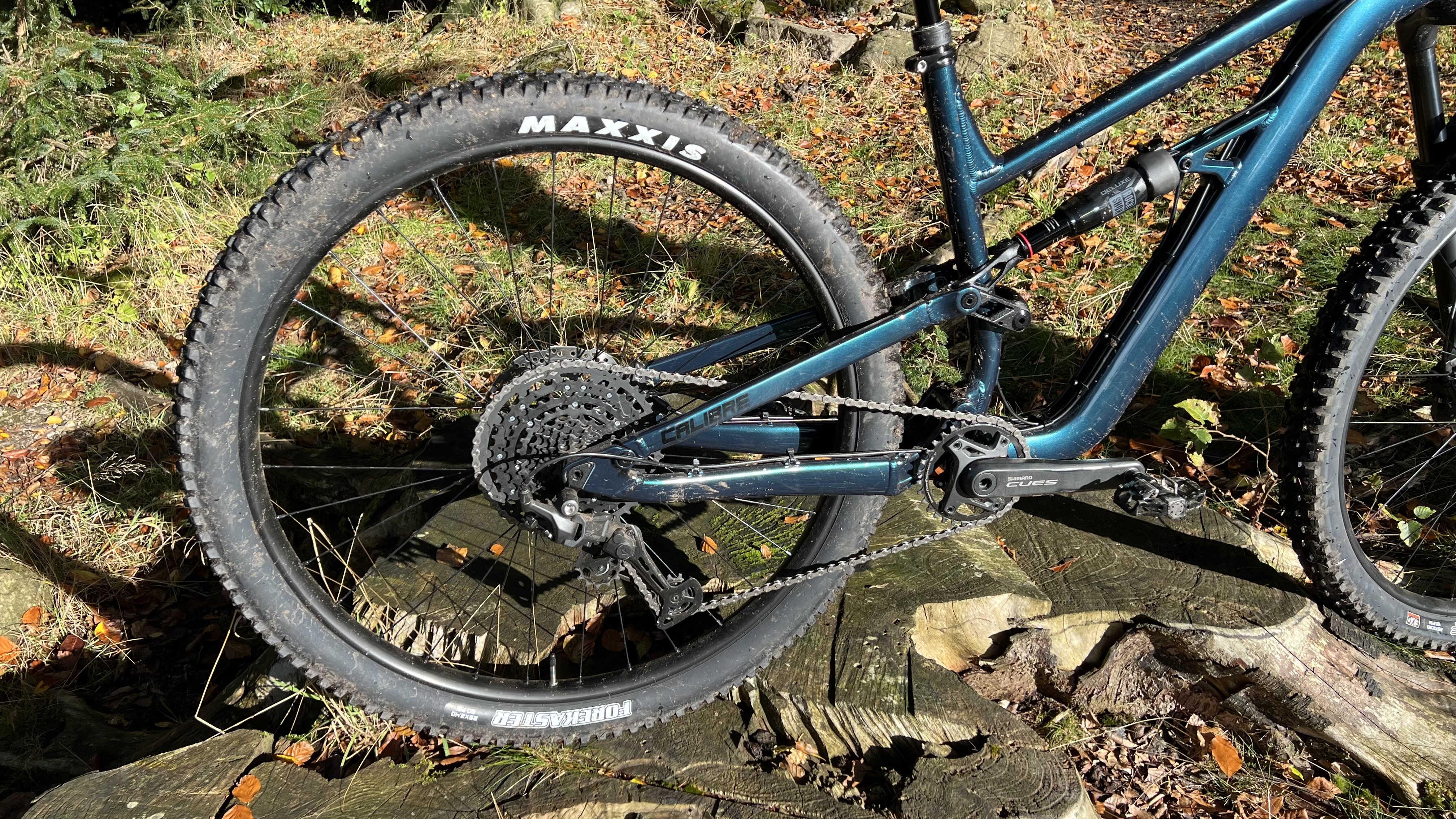
Ride, handling and performance
While that's certainly heavy, it’s pretty much par for the price these days and it’s actually within a kilo of similar machines with carbon frames for much more money. Twin twenty-niner wheels with relatively hard rubber compound tires and a tight tune on the rear shock means once you’ve overcome inertia, it rolls and pedals really well. The steep seat angle also puts you in a great position for climbing steep pitches. While the 10-speed Shimano Cues gearing tops out at a 48-tooth cog rather than 51 or 52 teeth, and it’s got a really light and accurate action. As a result, the Bossnut climbs and covers distance better than you might expect if you've picked it up and felt the weight.
It’s when the trail points down that the Bossnut really comes into its own though. The slack head angle and long wheelbase give it a ton of stability that’s well managed through the 780mm bar and 45mm stem. The large volume ‘2.5in’ DHF front tire gives confidence in corners too, although things will definitely improve if you turn them tubeless so you can run lower pressures without worrying about pinch flats. Heavier more aggressive riders looking to pump rollers and berms, send jumps and smash rather than smooth their way to speed on rougher trails will potentially enjoy the heavily damped rear shock feel too. More pressure in the fork also brings the rudimentary rebound damping into its comfortable operating range so it doesn’t choke and spike as it changes from compression stroke to return. It not only gives launch support when you’re pushing to go big, it also collects dodgy – or just high energy – landings really well. Going for a harder, skip-across-the-top suspension vibe is an approach shared with other aggressive short/mid-travel bikes like the Santa Cruz Tallboy which my test buddy Mick Kirkman loves. It also underlines Jonny’s aim for a more alive and agile feeling bike with clear separation from the longer travel Calibre Sentry reboot that will be happening in the near future.
Even with soft mushroom grips and a carefully chosen saddle, the Bossnut has a noticeably harsh feel over smaller stutter bumps and rough sections. Add relatively stiff tires and it lacks the subtlety to mold and conform to irregular surfaces so traction is reduced climbing, cornering and braking. Speaking of brakes, they also lack sensitivity and power, particularly in wet conditions so a 200mm front rotor and sintered pads are a good idea for tough descents and/or dirty days. Shimano’s simpler, cheaper anchors are super reliable and consistent though and better than other brand options at this price. The steel chainring, LinkGlide cassette and chain, as well as Shimano hubs, are a big durability win long term too. Make sure you buy yourself a spare gear hanger with the bike though as lack of a UDH (Universal Derailleur Hanger) design means you’ll need to find a Calibre-specific replacement if it gets damaged.
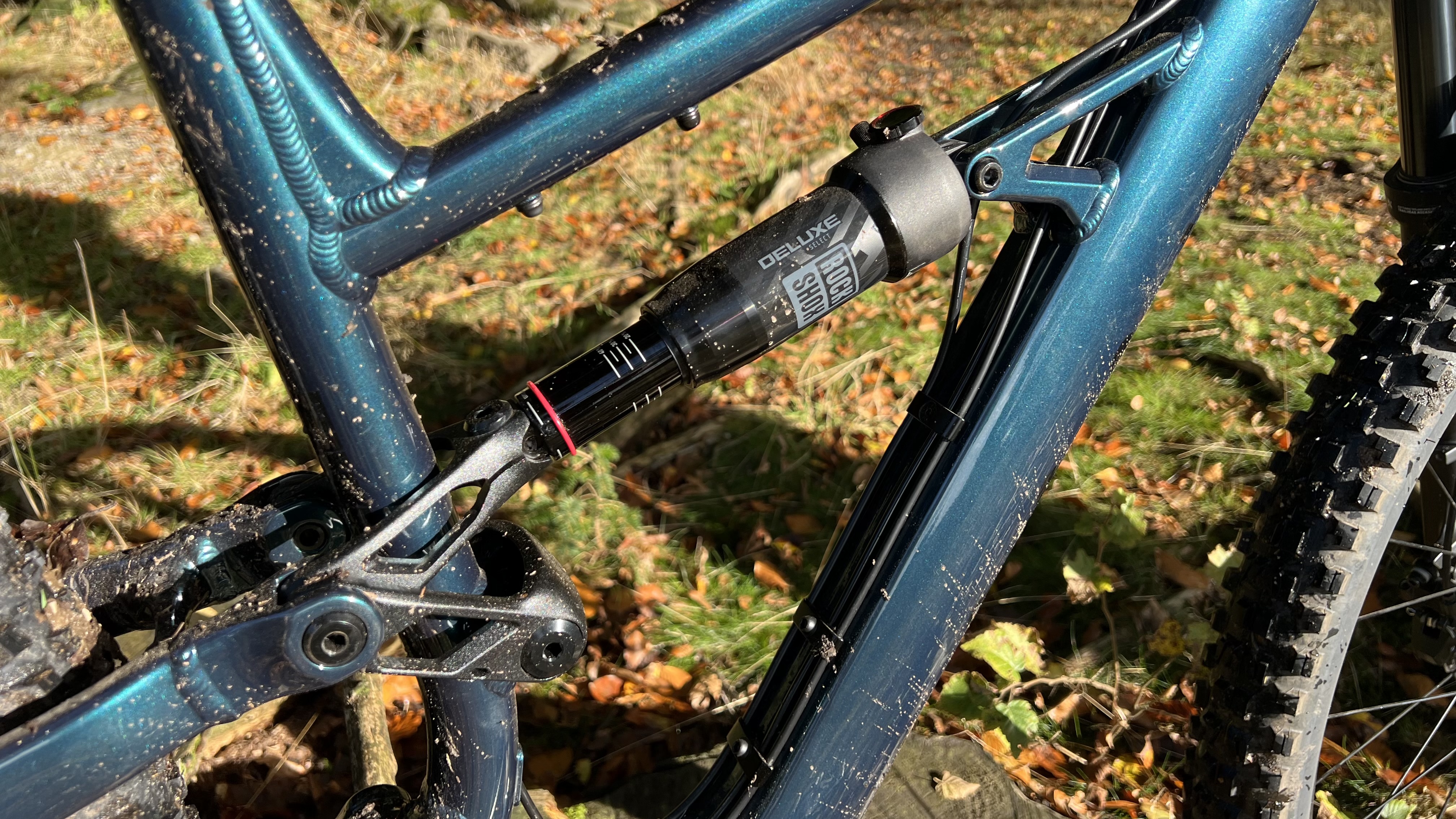
Verdict
Calibre’s new Bossnut is an outstanding mix of sorted handling and geometry in a seriously tough frame that’s begging you to ride it flat out straight away. Add very durable, serviceable top brand components and it’s great long term as well as initial purchase price value too. Lack of chain guide protection and UDH hanger can be easily sorted and even if you don’t like the firm shock tune you can get that changed at your first scheduled shock service. There’s a lot more competition for the Bossnut these days both from new bikes and old stock at silly prices though. That’s great news for buyers and riders, but it does mean I have to say some riders will do better shopping around for a smoother ride than just telling everyone that the Bossnut is the only bike to consider buying at this price.
| Attributes | Notes | Rating |
|---|---|---|
| Downhill performance | Great geo and big hit control, but harsh on rough sections | ★★★★ |
| Climbing performance | Efficient pedaling but heavy and limited traction | ★★ |
| Components and build | Excellent component spec for the price | ★★★★★ |
| Value for money | Excellent value in terms of ride and spec | ★★★★★ |
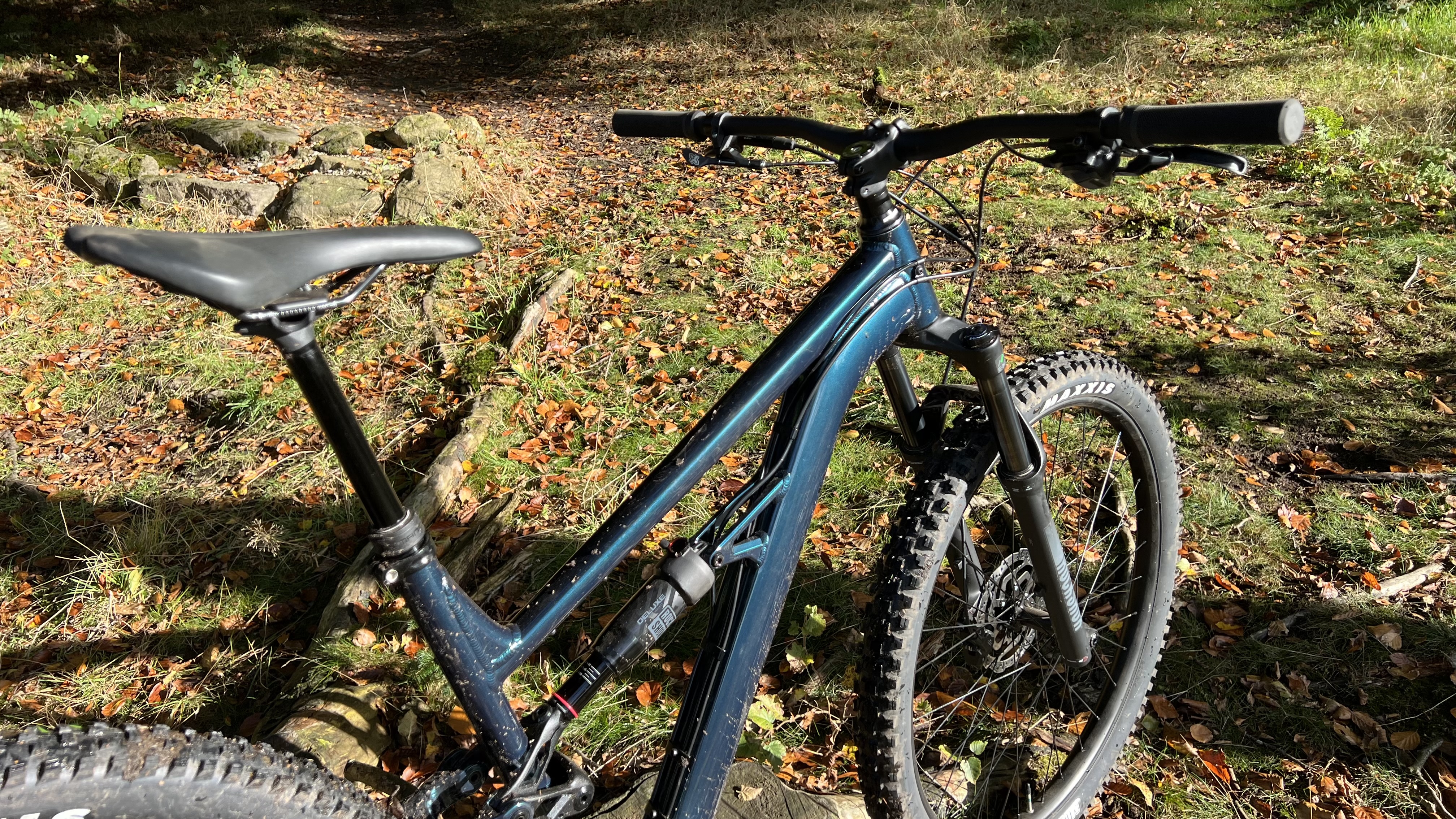
Test conditions
- Surface: Everything from road to loam, roots and loose rock
- Trails: Fire road climbs, red and blue grade ‘officially built’ trails and tons of off piste trail/enduro play trails
- Weather: Mostly dry and bright, but enough dark and wet rides to really test the cheap tires and resin brake pads.
Tech specs: Calibre Bossnut 2025
- Discipline: Trail, enduro
- Price: £1,400
- Head angle: 64.5º
- Frame material: 6061 butted alloy
- Fork: RockShox Recon Silver RL 140mm travel
- Shock: RockShox Deluxe Select 135mm travel
- Size: XS, S, M, L (tested) XL
- Weight: 16.4kg (size large)
- Wheel size: 29in
- Chainset: Shimano Cues 32T, 170mm crank length bottom bracket.
- Rear mech: Shimano CUES 1x10
- Shifter: Shimano CUES 1x10
- Cassette: Shimano CUES LG300 11-48T 10-speed
- Brakes: Shimano BR-MT401 2-piston hydraulic disc brakes with 180mm rotors
- Tires: Maxxis Minion DHF EXO wired 29x2.5in front and Maxxis Forekaster EXO wired 29x2.4in
- Wheels: 30mm internal tubeless rims on Shimano TC500 Centerlock hubs
- Bars: Alloy low rise 31.8 x 780mm
- Stem: Forged alloy 31.8 x 45mm
- Grips: Calibre ribbed lock on
- Seat post: X-Fusion Manic LC dropper
- Saddle: Calibre Trail







